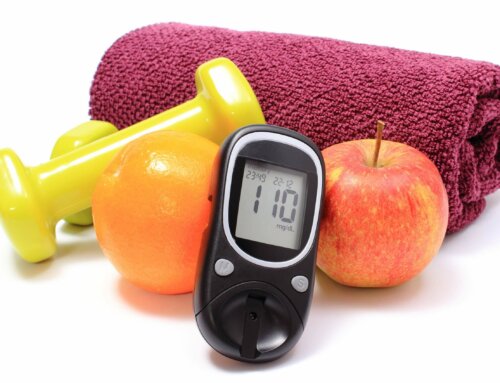Thinking back on the history of diet trends – the focus began with fat free and low fat, then sugar free and low carb, and now salt is in the news! The bottom line is that we need to be most concerned with how much fat, sugar, processed/refined carbohydrates, and salt we consume daily.
Many processed and prepared foods can be hiding very high amounts of one or all of these. Your body needs these nutrients for energy, but moderation and healthy choices allow you to take the best care of your body.
Let’s begin with FAT. A few important things to remember:
- Fat is fattening. There are 9 calories for each gram of fat (carbohydrates and protein have only 4 calories per gram).
- A fat serving has 5 grams of fat. Examples of a serving of fat:
- One teaspoon (tsp.) of oil
- 10 peanuts
- 6 almonds
- 2 tablespoons (Tbsp.) avocado
- 1 Tbsp. of butter
- A low fat food has 3 grams of fat per serving.
- Mono-unsaturated fats are the best kind for your heart. They are mostly found in nuts, nut butters, avocado, and canola and olive oil. Omega-3 fats are also good for you. They are found in fish like salmon and sardines, or in flaxseed, pumpkin seeds or walnuts. Fish oil supplements are great sources of highly-absorb-able Omega-3 fatty acids.
- Polyunsaturated fats are 2nd best. They are mostly found in your prepared or processed foods. They are in safflower, sunflower and soybean oil.
- Saturated fats should be chosen INFREQUENTLY. They clog your arteries and encourage your liver (where cholesterol is made) to produce extra cholesterol. Your maximum amount for the day is approximately 15 grams.
- Trans fats should be chosen VERY INFREQUENTLY. They raise your “bad” cholesterol (LDL) and lower your “good” cholesterol (HDL). They are primarily found in processed foods. It is recommended to consume about 2 grams per day maximum.
- A common complication of diabetes is heart disease so it is critical to choose your fats accordingly.
- All fats overlap in the monounsaturated, polyunsaturated and saturated fat categories. For example, Olive oil is highest in mono-unsaturated fat but it has smaller amounts of polyunsaturated fat and very minimal amounts of saturated fat.
Next is SUGAR. Consider these things:
- Sugar doesn’t have many calories: just 4 calories per gram. The problem is that it is lacking nutritional value and whatever isn’t used as energy gets stored as fat.
- There are two types of sugar:
- Processed sugar – white sugar, high fructose corn syrup, etc. = no nutritional value.
- Natural sugar – fruit and milk = some nutritional value. They should be counted in your carbohydrate “budget” for the day.
- Foods containing processed or refined sugar tend to eliminate the fiber and other nutrients and/or contain higher levels of fat.
- A food with 5 grams of sugar per serving is considered a lower sugar food.
- Consume no more than 30-40 grams of refined/processed sugar each day.
LAST to discuss is Salt:
- Salt is made up of 2 substances: 40% sodium and 60% chloride.
- ¼ tsp of salt has 600 mg of sodium.
- 1 tsp of salt has 2,300 mg of sodium.
- Total amount recommended for the day is 1,500 mg of sodium.
- A low sodium food has 140 mg per serving.
- People with diabetes tend to be sodium-sensitive.
- Hypertension is controlled best with reduced sodium levels.
- Controlled hypertension helps to preserve kidney function (impaired kidney function is a possible diabetes complication).
- Be aware of high sodium foods like pickles, olives, deli meats, canned items, prepared items in boxes, frozen items, cheeses, sauces, dressings, etc.
The best bet is to gradually retrain your taste buds. Your palate and your body will adapt. This change can have a tremendous positive impact on your health.
NOTE: Consult your doctor first to make sure my recommendations fit your special health needs.






Leave A Comment